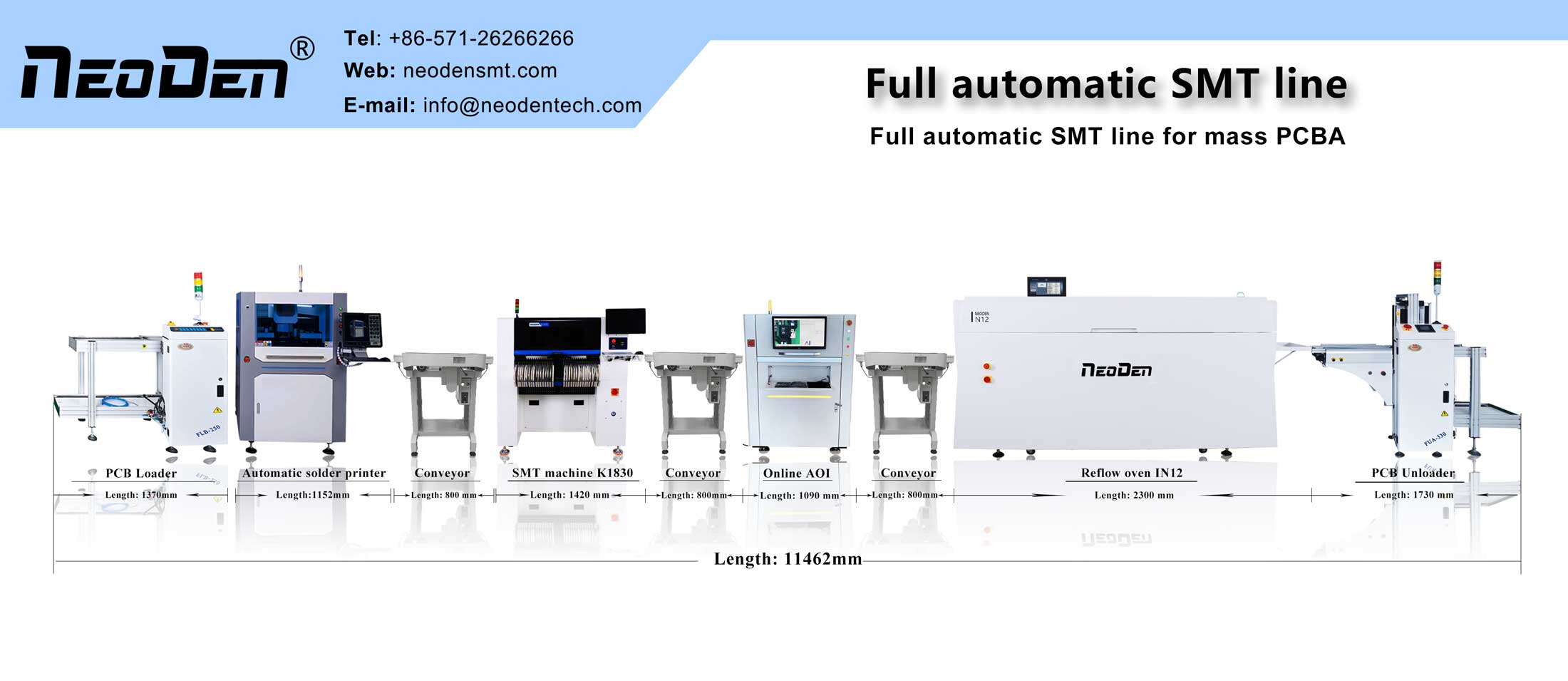1. Component layout
Layout is in accordance with the requirements of the electrical schematic and the size of the components, the components are evenly and neatly arranged on the PCB, and can meet the mechanical and electrical performance requirements of the machine. Layout reasonable or not not only affects the performance and reliability of the PCB assembly and the machine, but also affects the PCB and its assembly processing and maintenance of the degree of difficulty, so try to do the following when the layout:
Uniform distribution of components, the same unit of circuit components should be relatively concentrated arrangement, so as to facilitate debugging and maintenance.
Components with interconnections should be arranged relatively close to each other to help improve wiring density and ensure the shortest distance between alignments.
Heat-sensitive components, the arrangement should be far from the components that generate a lot of heat.
Components that may have electromagnetic interference with each other should take shielding or isolation measures.
2. Wiring rules
Wiring is in accordance with the electrical schematic diagram, conductor table and the need for the width and spacing of the printed wire, wiring should generally comply with the following rules:
In the premise of meeting the requirements of use, wiring can be simple when not complicated to choose the order of wiring methods for single-layer a double layer → multi-layer.
The wires between the two connection plates are laid out as short as possible, and sensitive signals and small signals go first to reduce the delay and interference of small signals. The input line of analog circuit should be laid next to the ground wire shield; the same layer of wire layout should be evenly distributed; the conductive area on each layer should be relatively balanced to prevent the board from warping.
Signal lines to change direction should go diagonal or smooth transition, and a larger radius of curvature is good to avoid electric field concentration, signal reflection and generate additional impedance.
Digital circuits and analog circuits in the wiring should be separated to avoid mutual interference, such as in the same layer should be the ground system of the two circuits and the power supply system wires are laid separately, the signal lines of different frequencies should be laid in the middle of the ground wire separation to avoid crosstalk. For testing convenience, the design should set the necessary breakpoints and test points.
Circuit components grounded, connected to the power supply when the alignment should be as short as possible to reduce internal resistance.
The upper and lower layers should be perpendicular to each other to reduce coupling, do not align the upper and lower layers or parallel.
High-speed circuit of multiple I/O lines and differential amplifier, balanced amplifier circuit IO line length should be equal to avoid unnecessary delay or phase shift.
When the solder pad is connected to a larger area of conductive area, a thin wire of length not less than 0.5mm should be used for thermal isolation, and the width of the thin wire should not be less than 0.13mm.
The wire closest to the edge of the board, the distance from the edge of the printed board should be greater than 5mm, and the ground wire can be close to the edge of the board when needed. If the printed board processing to be inserted into the guide, the wire from the edge of the board should be at least greater than the distance of the guide slot depth.
Double-sided board on the public power lines and grounding wires, as far as possible, laid out near the edge of the board, and distributed in the face of the board. Multilayer board can be set up in the inner layer of the power supply layer and ground layer, through the metalized hole and the power line and ground wire connection of each layer, the inner layer of the large area of the wire and power line, ground wire should be designed as a net, can improve the bonding force between the layers of multilayer board.
3. Wire width
The width of the printed wire is determined by the load current of the wire, the allowable temperature rise and the adhesion of the copper foil. General printed board wire width of not less than 0.2mm, the thickness of 18μm or more. The thinner the wire, the more difficult it is to process, so in the wiring space allows the conditions, should be appropriate to choose a wider wire, the usual design principles are as follows:
Signal lines should be the same thickness, which is conducive to impedance matching, the general recommended line width of 0.2 to 0.3mm (812mil), and for the power ground, the larger the alignment area the better to reduce interference. For high-frequency signals, it is best to shield the ground line, which can improve the transmission effect.
In high-speed circuits and microwave circuits, the specified characteristic impedance of the transmission line, when the width and thickness of the wire should meet the characteristic impedance requirements.
In high-power circuit design, the power density should also be taken into account at this time should take into account the line width, thickness and insulation properties between the lines. If the inner conductor, the allowed current density is about half of the outer conductor.
4. Printed wire spacing
The insulation resistance between the printed board surface conductors is determined by the wire spacing, the length of parallel sections of adjacent wires, insulation media (including substrate and air), in the wiring space allows the conditions, should be appropriate to increase the wire spacing.
Post time: Feb-18-2022

